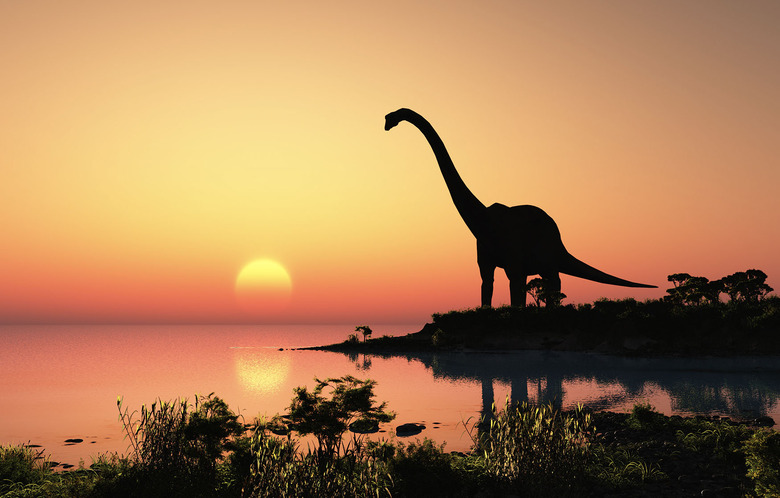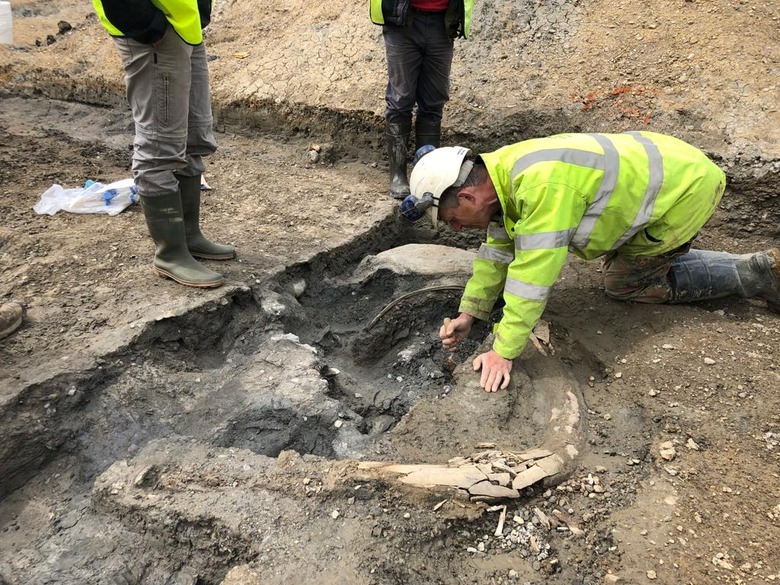A Brand New Species Of Dinosaur Was Just Discovered And It Is Massive
A new dinosaur discovery has helped unearth a new species of titanosaur called Abditosaurus kuehnei. The creature is a semiarticulated dinosaur. The scientists responsible for the discovery believe the skeleton to be over 70.5 million years old. They published the results of their study in Nature Ecology & Evolution earlier this year. The study includes a detailed description of the team's findings, as well as a breakdown of why this find is so important.
Why this dinosaur discovery is massive
What exactly makes this dinosaur discovery so important? This is the most complete specimen of this herbivorous group that we have unearthed so far. It's also the largest titanosaur species that we've discovered in the Ibero-Armorican island. That's an ancient region made up of modern-day Iberia and southern France. This titanosaur is estimated to be 17.5 meters long, with a body mass of 14,000 kg.
According to researchers, the size of this dinosaur discovery is one of the most intriguing parts. Most titanosaurs from the Upper Cretaceous of Europe that we've found so far have been small or medium-sized. Scientists believe this is due to their evolution in insular conditions. Back in the Upper Cretaceous period, scientists say Europe was a large archipelago. It was made of dozens of islands. Because the landmasses were smaller, though, the dinosaurs were likely small to account for the limited food resources.
"It is a recurring phenomenon in the history of life on Earth," Bernat Vila, a paleontologist at the ICP said in a statement. "We have several examples worldwide in the fossil record of this evolutionary trend."
This titanosaur didn't follow that trend, though. Which made scientists believe it could have migrated to the location.
Decades of unearthing
Another intriguing part of this dinosaur discovery is just how long we've known about it. The original discovery dates as far back as 1954. Back then, German paleontologist Walter Kühne collected the first remains. The discovery then fell out of the spotlight. However, researchers finally finished excavations of the neck in 2014. Scientists say that it was a technical challenge, as they had to encase it in polyurethane foam to keep it stable.
This find has helped advance our understanding of the evolution of sauropod dinosaurs. Especially those at the end of the Cretaceous period. It also gives us a new perspective and even supports the migration hypothesis that a global drop in sea levels allowed dinosaurs to move freely between Africa and Europe.
Perhaps what makes this dinosaur discovery more important, though, is that this particular site contains records of the last vertebrate faunas, as well as some non-avian creatures, that lived in Europe before the global extinction event. They even found evidence of dinosaur eggs in the same area.


